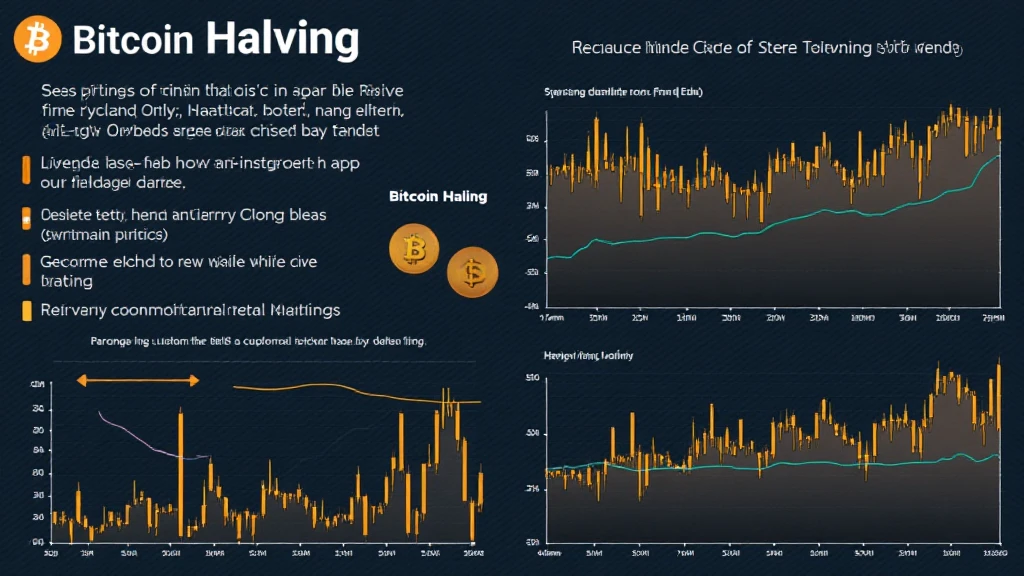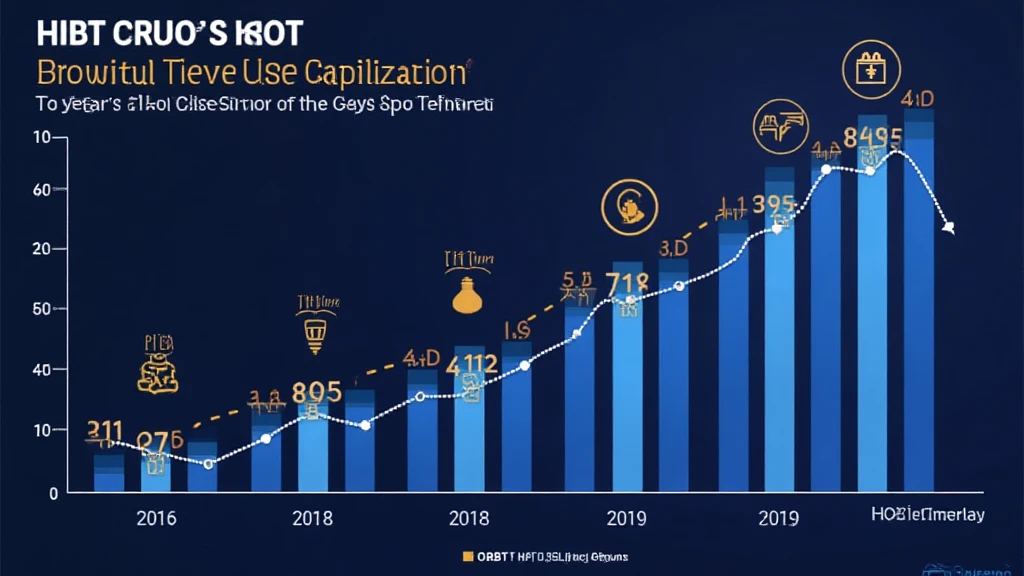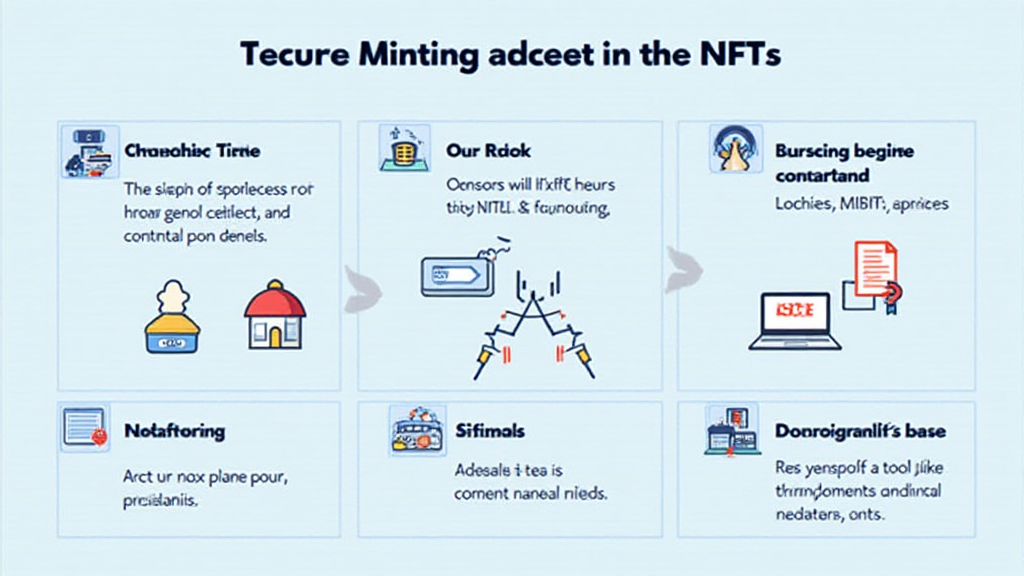The Economic Impact of Bitcoin Halving: A Comprehensive Analysis
As the digital currency landscape continues to evolve, Bitcoin remains at the forefront of discussions surrounding cryptocurrencies. One phenomenon that has captivated both economists and crypto enthusiasts alike is the Bitcoin Halving. This event, which occurs approximately every four years, drastically alters the supply dynamics of Bitcoin, leading to significant economic ramifications. In this article, we’ll delve into the economic impact of Bitcoin halving, examining its effects on price, miner incentives, and overall market behavior.
According to a report by Chainalysis from 2025, since the last halving in May 2020, Bitcoin’s price surged by over 300%, with a market cap reaching upwards of $800 billion. But what does this mean for the future of Bitcoin and its role in the global economy? Let’s break it down.
Understanding Bitcoin Halving: What It Is and Why It Matters
Bitcoin halving refers to the process by which the reward miners receive for processing transactions is cut in half. This mechanism was designed by Bitcoin’s pseudonymous creator, Satoshi Nakamoto, to ensure that Bitcoin would remain scarce over time. Each halving event typically leads to increased media coverage, speculative trading, and changes in public perception toward Bitcoin.

For instance, the recent halving on May 11, 2020, saw the block reward reduce from 12.5 BTC to 6.25 BTC. This expected reduction in supply can lead to price increases, as historical evidence suggests. Here are some key reasons why halving has profound economic implications:
- Supply and Demand Dynamics: The basic economic principle states that as supply decreases and demand remains constant, prices tend to rise.
- Market Speculation: Halving events often stir market excitement, drawing new investors, which can lead to price surges pre- and post-halving.
- Adoption Rates: Increased interest during halving can lead to higher adoption, further legitimizing Bitcoin in financial sectors.
The Historical Context of Bitcoin Halving
To understand its future potential, we must analyze previous halving events and their economic effects:
First Halving: November 2012
The first Bitcoin halving occurred on November 28, 2012, reducing the block reward from 50 BTC to 25 BTC. Following this event, Bitcoin’s price skyrocketed from approximately $12 to over $1,100 by late 2013.
Second Halving: July 2016
The second halving took place on July 9, 2016, lowering the reward to 12.5 BTC. The price before the event hovered around $650, and by the end of 2017, it reached an unprecedented $20,000.
Third Halving: May 2020
The most recent halving in May 2020 witnessed the price sitting near $9,000 at the time of the event and climbing to approximately $65,000 in April 2021.
These past trends raise questions about the forthcoming halving in 2024. Will the cycle repeat? It remains to be seen, but the potential economic impacts cannot be ignored.
The Broader Economic Impact of Bitcoin Halving
The ramifications of Bitcoin halving go beyond just the cryptocurrency itself; they can affect various economic aspects:
Inflation and Monetary Policy
Bitcoin’s programmed scarcity challenges traditional inflationary economic models. Unlike fiat currencies that can be printed at will, Bitcoin’s supply is capped at 21 million, imbuing it with a deflationary aspect. This can influence national monetary policies as central banks may need to consider Bitcoin’s effect on their currencies and economic models. A potential influx of capital into Bitcoin can lead to questions about the stability of traditional currencies.
Investor Behavior and Market Sentiment
The anticipation of halving can lead to heightened market sentiment. In Vietnam, for instance, the user growth rate in cryptocurrency exchanges surged by 37% during previous halvings, leading to increased trading volumes and market activity. Investors often correlate price action with the upcoming halving, leading to speculative behavior that can sometimes exacerbate volatility.
Effects on Miners
Miners play a critical role in the Bitcoin network, as they validate transactions and secure the network. With halvings decreasing block rewards, miners must constantly evaluate their operational costs against diminishing rewards. This can lead to:
- Increased Competition: Miners will require more efficient technology and power sources, leading to innovations in mining hardware.
- Market Consolidation: Smaller miners may be pushed out of the market, fostering largescale mining operations that can withstand economic pressure.
Future Implications of Bitcoin Halving for Investors
As we move toward the next halving in 2024, investors must continue to evaluate the implications:
Risk Assessment
Investors should assess risks associated with volatility around halving events. While price increases are common, downturns can also occur post-event as profit-taking occurs.
Long-Term Strategies
For long-term holders, halving may represent a good entry point. However, maintaining a strategy that accounts for both short- and long-term goals will be crucial in navigating the market’s unpredictability.
Diversification
Investors should consider diversifying their portfolios. Focusing solely on Bitcoin might balance gains against losses seen in other assets, such as altcoins or equities.
Conclusion: The Economic Impact of Bitcoin Halving
In conclusion, the economic impact of Bitcoin halving cannot be understated. This event alters the dynamics of supply and demand, influences investor behavior, and has broader implications for the financial system as a whole. As we approach the next halving, awareness of its historical context and potential effects can empower investors to make informed decisions.
So, whether you’re a seasoned investor or a newcomer to the cryptocurrency world, keeping an eye on the developments leading to halving events is essential. Dive deeper into understanding Bitcoin’s role in the global economy, and you might find opportunities that go beyond price appreciation.
For further insights on cryptocurrency investments, regulations, and trends, stay connected with allcryptomarketnews.
Author: Dr. John Smith
Dr. John Smith is a leading economist specializing in blockchain technologies and digital currencies. He has authored over 15 papers in the field and led significant audits for known cryptocurrency projects.





